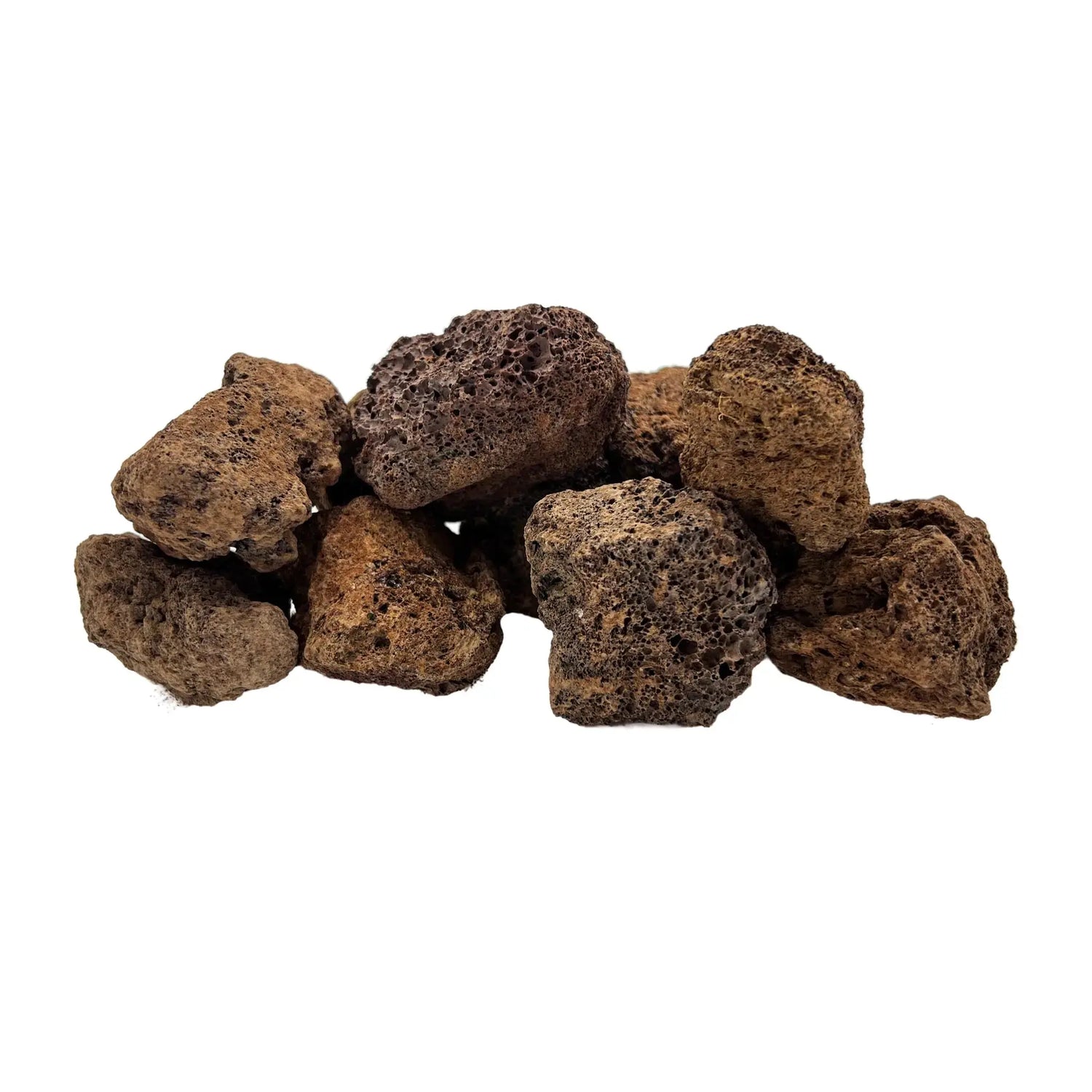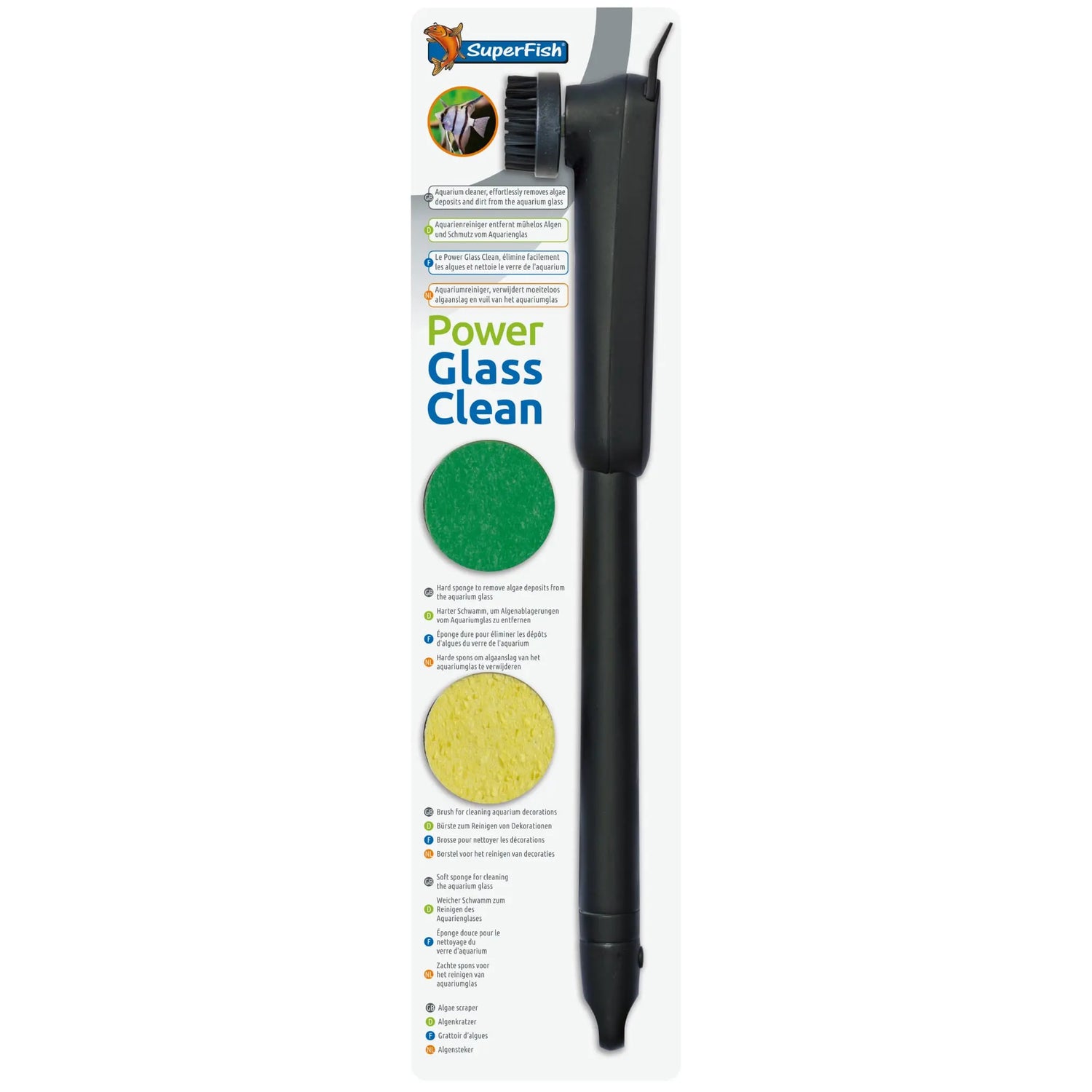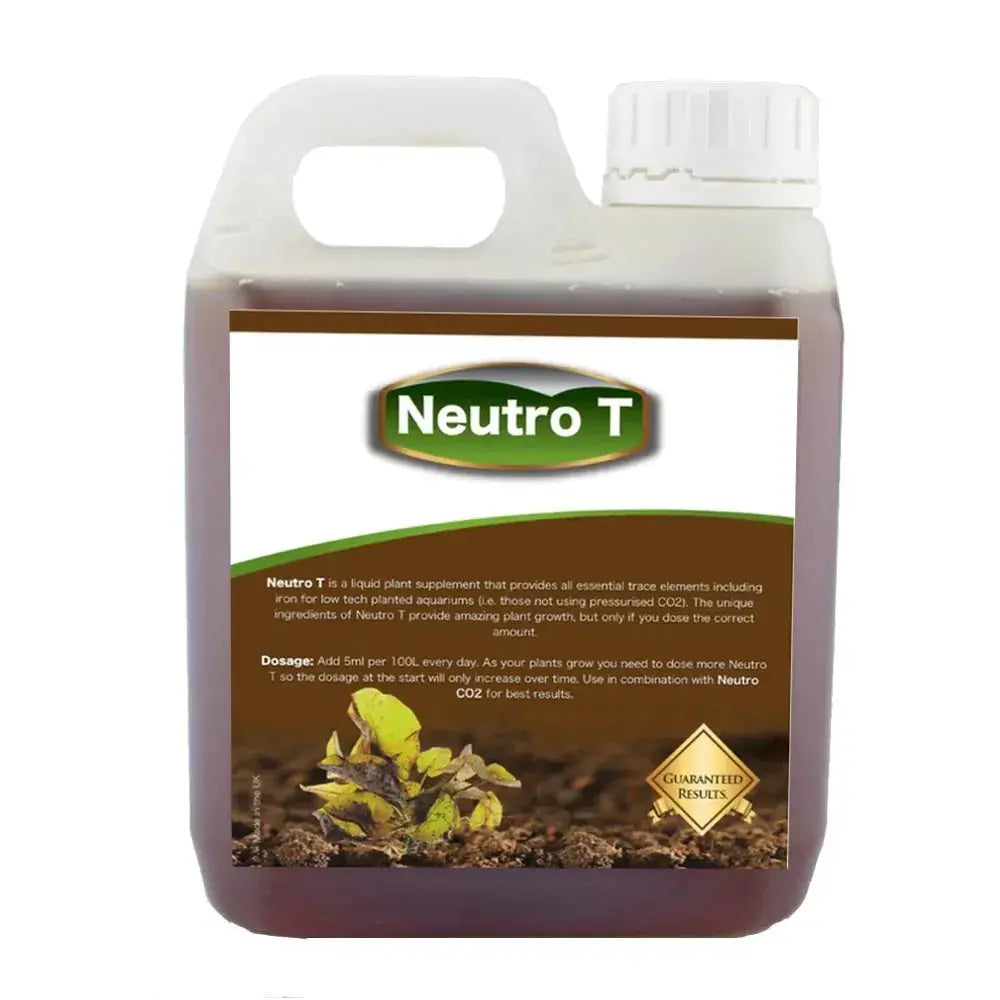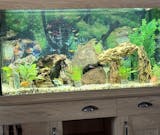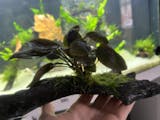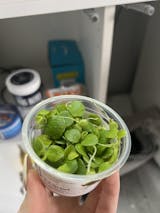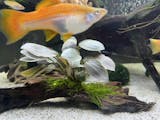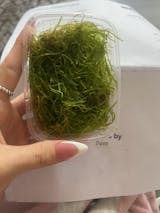Whether you are a novice or an experienced aquarium enthusiast, this article will guide you through the essentials of aquascaping, including choosing the right plants, setting up the ideal environment, and maintaining your underwater masterpiece. Get ready to transform your aquarium into a breathtaking underwater oasis with real fish tank plants and the mesmerizing art of aquascaping!
When it comes to selecting real fish tank plants for your aquascape, you have a wide variety of options to choose from, each offering unique characteristics and visual appeal. Stem plants, such as Anacharis and Hornwort, are popular choices that grow vertically and provide vertical interest in the aquarium. These plants are relatively easy to care for and help create a lush backdrop in the tank.
Another category of plants commonly used in aquascaping is carpeting plants, which spread horizontally along the substrate to create a dense carpet-like effect. Examples of carpeting plants include Dwarf Hairgrass and Monte Carlo, which are ideal for creating a carpeted foreground in the aquarium. These plants require adequate lighting and nutrient-rich substrate to thrive and form a cohesive carpeting effect.
Additionally, there are floating plants like Water Lettuce and Duckweed, which float on the surface of the water, providing shade and shelter for fish while helping to filter out excess nutrients from the water. Floating plants are beneficial for reducing light intensity in the aquarium and preventing algae growth, making them valuable additions to any aquascape.
When selecting real fish tank plants for your aquarium, it is essential to consider factors such as lighting requirements, water parameters, and growth habits to ensure the plants thrive in your setup. Begin by assessing the lighting conditions in your aquarium, as different plant species have varying light requirements. Plants that require high light levels, such as Amazon Sword and Ludwigia, should be placed in well-lit areas of the tank to promote healthy growth.
Next, consider the water parameters, including temperature, pH, and hardness, as these factors can influence the growth and overall health of the plants. Some plants, like Java Fern and Anubias, are adaptable to a wide range of water conditions and are suitable for beginner aquarists. It is advisable to match the plant species with your aquarium's water parameters to create an optimal environment for plant growth.
Furthermore, take into account the growth habits of the plants, including their size and propagation methods. Plants that spread rapidly, such as Vallisneria and Hygrophila, may require regular trimming to prevent overcrowding and maintain the desired aquascape design. Choose plants that complement each other in terms of growth rate and size to achieve a balanced and harmonious underwater landscape.
Creating a successful planted tank involves careful planning and consideration of several key elements to ensure the plants thrive and the aquascape flourishes. Start by selecting a suitable substrate that provides essential nutrients for plant growth. Nutrient-rich substrates like aquasoils or plant-specific substrates are ideal for supporting the root systems of aquatic plants and promoting healthy growth.
Next, install a reliable lighting system that meets the requirements of the plant species you have chosen. LED lights are a popular choice for planted tanks due to their energy efficiency and customizable settings. Adjust the lighting duration and intensity based on the needs of the plants, ensuring they receive adequate light for photosynthesis without causing algae issues.
Incorporate a quality filtration system to maintain water clarity and quality in the aquarium. A canister filter or a hang-on-back filter with mechanical and biological filtration media is recommended to remove debris and waste while providing aeration for the aquatic inhabitants. Regular water changes and maintenance routines are essential to prevent nutrient buildup and maintain a healthy aquatic ecosystem.
To ensure the long-term health and vitality of your real fish tank plants, regular care and maintenance practices are essential. Monitor the growth of the plants regularly and trim any overgrown or decaying parts to maintain their shape and appearance. Pruning helps promote new growth and prevents the plants from overshadowing or competing with each other for light and nutrients.
Provide adequate fertilisation to supplement essential nutrients that may be lacking in the aquarium. Liquid fertilisers or root tabs can be used to nourish the plants and support their growth. Be mindful of dosing instructions and avoid overfertilising, as excessive nutrients can lead to algae problems and imbalances in the aquatic environment.
Additionally, conduct routine water testing to monitor water parameters such as pH, ammonia, nitrite, and nitrate levels. Adjust water parameters as needed to create a stable and healthy environment for the plants and fish. Regular maintenance tasks, including cleaning the substrate, pruning dead leaves, and removing algae growth, help keep the aquarium clean and visually appealing.
While incorporating real fish tank plants into your aquascape can be a rewarding experience, there are common mistakes that aquarists should avoid to ensure the success of their planted tank. One common mistake is neglecting to research the specific requirements of the plant species chosen for the aquarium. Different plants have varying needs in terms of lighting, nutrients, and water conditions, so it is crucial to select plants that are compatible with your setup.
Another mistake to avoid is overcrowding the aquarium with too many plant species or allowing plants to outgrow their designated areas. Overcrowding can lead to competition for resources, shading issues, and poor water circulation, which can hinder the growth and vitality of the plants. Plan the layout of the aquascape carefully and leave adequate space between plants to prevent overcrowding.
Improper pruning and maintenance practices can also be detrimental to the health of real fish tank plants. Avoid harsh pruning methods that damage the plants or disrupt their growth patterns. Instead, use sharp scissors or aquascaping tools to trim the plants gently and selectively. Regular maintenance, such as removing dead leaves and algae, is essential for preserving the aesthetics and health of the aquascape.
Real fish tank plants offer endless possibilities for enhancing the aesthetics of your aquarium and creating captivating underwater landscapes. Consider incorporating a variety of plant shapes, colours, and textures to add visual interest and depth to the aquascape. Contrast tall and bushy plants with low-lying carpeting plants to create a sense of scale and dimension in the tank.
Experiment with different planting layouts, such as Dutch-style, Nature-style, or Iwagumi, to achieve diverse and visually appealing aquascapes. Utilize hardscape elements like rocks, driftwood, and caves to complement the plants and create natural-looking habitats for fish. Balance the placement of plants and hardscape features to create a harmonious and aesthetically pleasing underwater environment.
Furthermore, consider the overall color scheme of the aquascape and select plant species that complement each other and create a cohesive look. Mix green, red, and purple plants to add vibrancy and contrast to the aquarium, creating a visually stunning display. Pay attention to the growth patterns of the plants and adjust their placement accordingly to maintain a balanced and harmonious aquascape.
Despite careful planning and maintenance, aquarists may encounter common issues with real fish tank plants that can affect their growth and overall health. One common issue is algae overgrowth, which can be caused by imbalances in light, nutrients, or carbon dioxide levels. To combat algae, adjust the lighting duration, reduce nutrient levels through water changes, and consider adding a carbon dioxide system to promote plant growth and inhibit algae.
Another common problem is nutrient deficiency, which can manifest as yellowing or stunted growth in plant leaves. Supplementing with liquid fertilisers or root tabs can help address nutrient deficiencies and promote healthy plant growth. It is essential to identify the specific nutrient lacking in the aquarium and provide the necessary supplementation to support the plants.
Furthermore, inadequate water circulation and oxygenation can lead to poor plant growth and algae issues. Ensure proper water flow throughout the aquarium by positioning the filter outflow strategically and adding aeration devices like air stones or powerheads. Adequate water circulation helps distribute nutrients and oxygen to the plants while preventing stagnant areas where algae can thrive.
In conclusion, aquascaping with real fish tank plants is a rewarding and creative endeavor that allows aquarists to transform their aquariums into stunning underwater landscapes. By selecting the right plants, setting up a well-planned aquascape, and maintaining proper care practices, you can create a beautiful and natural environment for your aquatic pets to thrive in. Real plants not only enhance the aesthetics of the aquarium but also contribute to the overall health and balance of the aquatic ecosystem.
Remember to research plant species, consider their requirements, and plan the layout of the aquascape thoughtfully to achieve a visually appealing and harmonious underwater display. With dedication and attention to detail, you can create a captivating underwater oasis that brings joy and tranquility to both you and your aquatic inhabitants. Embrace the art of aquascaping and embark on a journey to create a breathtaking underwater masterpiece with real fish tank plants.



